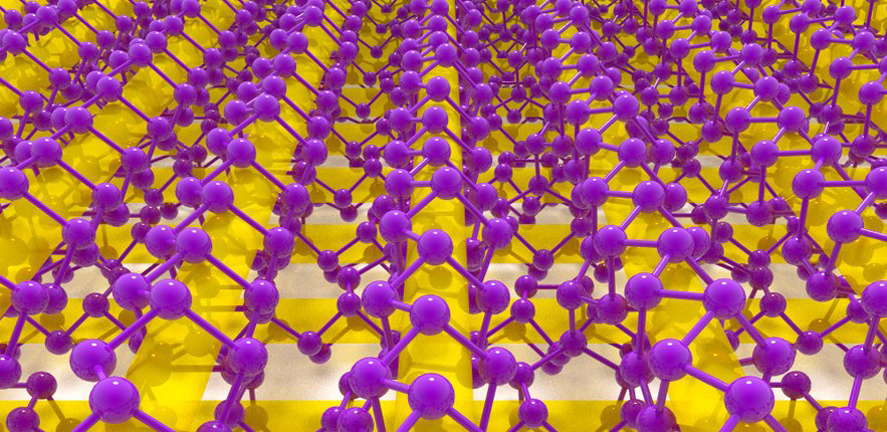
The discovery and development of new - stronger, cheaper, lighter, more functional - materials is essential to maintain the steady technological progress to which we have become accustomed. It is increasingly recognized that theory and computation plays a key role in materials discovery.
High throughput computation
There has been an astonishing increase in the availability and power of computers. At the same time increasingly robust and efficient computer codes for the prediction of materials properties have been developed. It is now possible to computationally screen the hundreds of thousands of experimentally determined crystal structures, stored in databases, for interesting or optimal properties.
Structure prediction
Materials yet to be discovered may well not be represented in existing databases. Unbiased structure prediction techniques have been developed, which involve the computational exploration of complex energy landscapes, and the identification of low energy structures. Structure predictions based on first principles (density functional theory) methods have made many predictions which have been subsequently confirmed experimentally.
Data analysis and machine learning
Along with imaging, computation is a source of “big data” in materials science. Tools are being developed to rationalise and visualise this wealth of data. Machine learning techniques, trained on this computationally derived data, can be used to make predictions of materials properties and/or suggest new materials.
